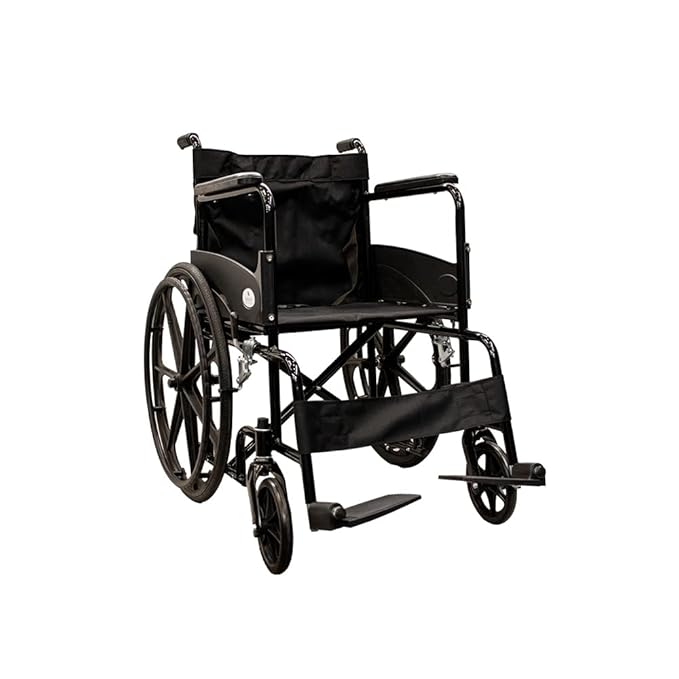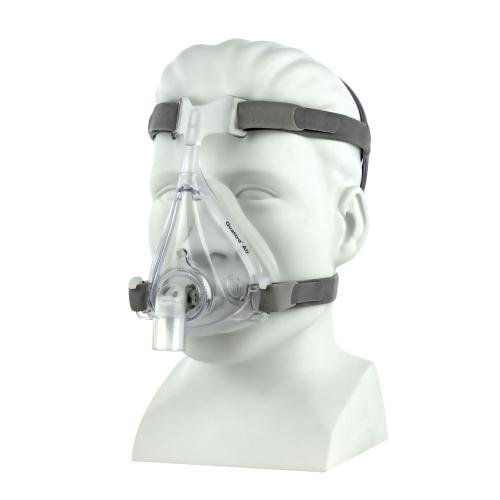I’ve been riding and racing bikes for over 30 years and have often wondered why I’m so much healthier than my peers that don’t ride. Well, it turns out, cycling stands as a celebrated form of exercise, doubling as a leisure activity and serious sport. The dynamic physical engagement it offers, the delight of exploring landscapes at one’s own pace, and the sheer joy of the wind rushing by make cycling a universally adored pastime. Yet, the pleasures of cycling don’t overshadow its immense health benefits. Whether it’s physical health, mental wellness, or social well-being, cycling contributes significantly to each sphere.
Physical Health Benefits of Cycling
The cardiovascular fitness benefits of regular cycling are profound. It’s an aerobic exercise, pushing your heart to pump harder, which in turn, strengthens this vital organ. A comprehensive study published in the British Medical Journal in 2017 revealed that people who cycled to work had a 22% lower risk of heart disease. These results aren’t a coincidence. Regular cycling pushes the heart to beat faster, thereby improving cardiovascular fitness over time.
Cycling isn’t just heart-friendly; it’s also a fierce adversary of obesity. An hour of moderate cycling can burn over 500 calories. The beauty of cycling for weight management lies not only in its effectiveness but also in its enjoyability. Unlike monotonous gym exercises, cycling offers varied and exciting scenery, making the pursuit of weight loss or maintenance less daunting.
Furthermore, cycling is a powerful tool for overall muscular strength and toning. The lower body, especially the calves, thighs, and buttocks, is heavily engaged during cycling, promoting muscle growth and tone. But it doesn’t stop there. Cycling also involves the core and upper body, particularly when standing to climb or balance the bike.
In addition, the cyclical motion of pedaling promotes joint mobility and flexibility. This is especially beneficial for those suffering from osteoarthritic conditions where gentle, low-impact movements can ease discomfort.
Posture and coordination also get a significant boost from regular cycling. Maintaining balance on the bike helps improve core strength, necessary for good posture. The coordination between balance, pedaling, and navigating enhances overall body coordination, providing benefits even when off the saddle.
Mental Health Benefits of Cycling
While cycling’s physical benefits are often celebrated, its contribution to mental well-being is equally important. For starters, cycling can be a stress antidote. The focus required to cycle, combined with the tranquility of nature often experienced while cycling, provides a therapeutic escape from everyday stressors. Personal accounts of individuals using cycling to combat stress and anxiety are plentiful, painting a vivid picture of this benefit.
Furthermore, cycling can be a mood enhancer. This is primarily due to the release of endorphins, the body’s natural mood elevators, during physical activity. Cycling, with its rhythmic and aerobic nature, is a particularly potent trigger for these ‘feel-good hormones,’ leading to feelings of happiness and relaxation.
Moreover, research has highlighted the positive impact of cycling on brain health. A study by the University of Illinois showed that a 5% improvement in cardio-respiratory fitness from cycling led to a 15% improvement in mental tests. This suggests that regular engagement in cycling can improve memory, reasoning, and planning, and potentially delay cognitive decline.
Social Benefits of Cycling
Cycling is as much a social exercise as it is a personal one. Whether it’s participating in cycling clubs or group events, or simply joining a friend for a leisurely ride, these activities provide opportunities to connect with others. This social aspect of cycling can lead to improved mental health by promoting a sense of community and belonging.
Beyond individual social connections, a community-wide commitment to cycling can enhance the overall health of a city or town. A rise in cycling reduces reliance on cars, leading to lower carbon emissions and improved air quality. Plus, cycling-friendly infrastructure, such as bike lanes and trails, promotes an active, health-conscious lifestyle among residents.
Incorporating Cycling into Your Daily Routine
There are several practical ways to incorporate cycling into daily life. Commuting by bike, for example, is a sustainable and healthy way to travel to work or school. This practice, known as active commuting, allows you to incorporate exercise naturally into your routine, all while reducing your carbon footprint. For those new to bike commuting, there are resources available that offer advice on safe cycling practices, optimal routes, and even bicycle maintenance.
Cycling for recreation is another popular approach. Whether it’s a peaceful ride through a park, a challenging climb up a mountain trail, or a long-distance cycle on a summer afternoon, recreational cycling offers an adventurous twist to your fitness regimen. The flexibility and scalability of this activity are vast, allowing individuals to adjust the difficulty level according to their personal fitness goals.
Cycling can also be an integral part of a structured workout regimen. Combining it with strength training exercises can provide a balanced, full-body workout. Indoor cycling classes are a perfect option for those preferring a more controlled environment. These classes often include high-intensity intervals and resistance changes, offering an effective and engaging workout.
Conclusion
Cycling, a seemingly simple activity, offers far-reaching benefits that permeate various aspects of health. Physically, it enhances cardiovascular fitness, aids in weight management, promotes muscular strength, and improves flexibility, posture, and coordination. Mentally, it serves as a stress reliever, mood enhancer, and promoter of cognitive function. Socially, it can forge connections, build communities, and foster a healthier environment.
With its easy integration into daily life and the sheer joy it offers, cycling is more than just an exercise. It’s a lifestyle, a therapy, and a celebration of life. So, it’s time to hop on the saddle, start pedaling, and let the journey to improved health begin.
Author: John Swanstrom
John is an amateur maintain bike racer from Southern California and the founder of cylistsauthority.





























